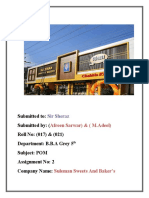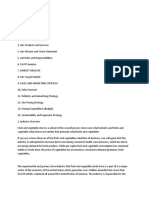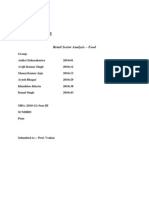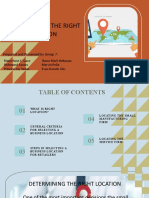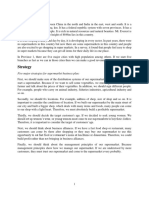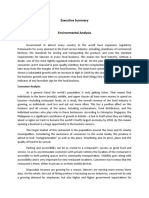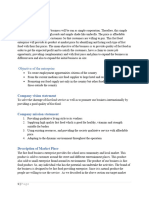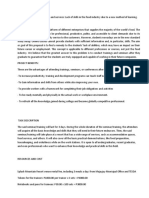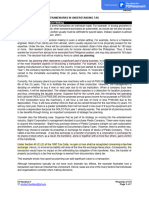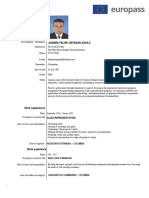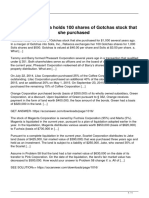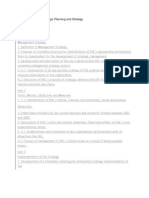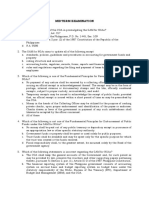0% found this document useful (0 votes)
49 views8 pagesOM Assignment ANSWER
The document discusses the critical factors for selecting a grocery store location, emphasizing customer demographics, traffic flow, proximity to suppliers and competitors, and accessibility. It also highlights the operational and strategic challenges faced by Moha Soft Drink Factory in Dessie, Ethiopia, including machine breakdowns and labor turnover, while suggesting improvements for productivity and profitability. Additionally, it covers various location selection methods and cost analyses to determine the most effective site for business operations.
Uploaded by
getachewshambel11Copyright
© © All Rights Reserved
We take content rights seriously. If you suspect this is your content, claim it here.
Available Formats
Download as DOCX, PDF, TXT or read online on Scribd
0% found this document useful (0 votes)
49 views8 pagesOM Assignment ANSWER
The document discusses the critical factors for selecting a grocery store location, emphasizing customer demographics, traffic flow, proximity to suppliers and competitors, and accessibility. It also highlights the operational and strategic challenges faced by Moha Soft Drink Factory in Dessie, Ethiopia, including machine breakdowns and labor turnover, while suggesting improvements for productivity and profitability. Additionally, it covers various location selection methods and cost analyses to determine the most effective site for business operations.
Uploaded by
getachewshambel11Copyright
© © All Rights Reserved
We take content rights seriously. If you suspect this is your content, claim it here.
Available Formats
Download as DOCX, PDF, TXT or read online on Scribd
/ 8

